Occupation Performance artist | Name Regina Galindo | |
 | ||
Born August 27, 1974 (age 51) ( 1974-08-27 ) Guatemala City, Guatemala Website www.reginajosegalindo.com Similar Jessica Lagunas, Aníbal López, Efraín Ríos Montt | ||
Regina jos galindo quien puede borrar las huellas
Regina José Galindo (born August 27, 1974) is a Guatemalan performance artist who specializes in body art. She was born in Guatemala City.
Contents
- Regina jos galindo quien puede borrar las huellas
- Artist video regina jos galindo la v ctima y el victimario english captioned
- Early Work
- Performances
- Exhibitions
- Recognition
- References
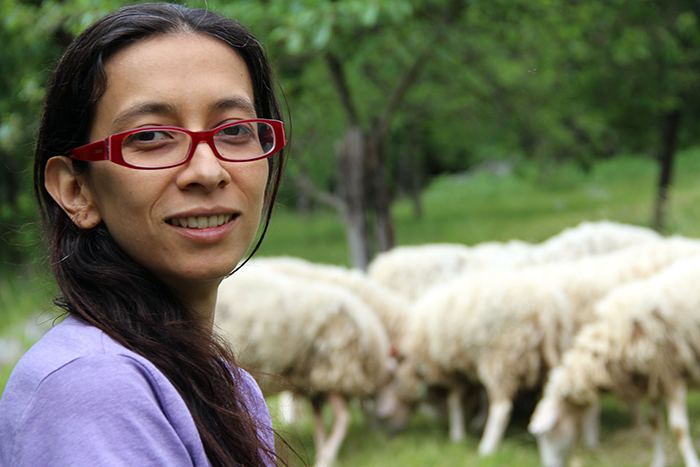
Artist video regina jos galindo la v ctima y el victimario english captioned
Early Work
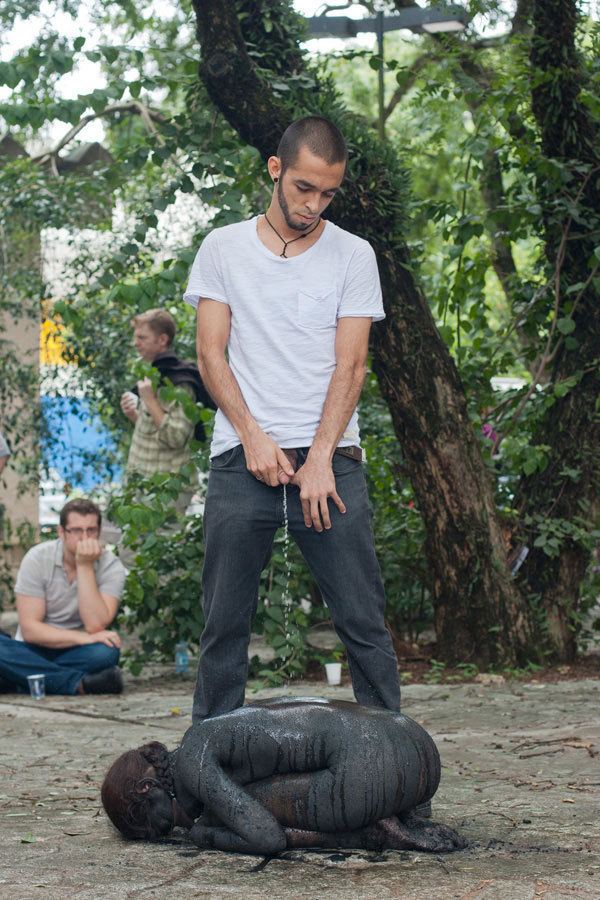
Remarkably, for an artist who is known for the political themes of her work, Galindo grew up in a lower middle class household where politics generally, and the Guatemalan civil war more specifically, were not discussed. She attended secretarial school and her career as a secretary was not a successful one. Her work as a poet developed through attending workshops and groups which met in friends' houses, at which time she wrote the pieces that became part of her book Personal and Intransmisible.
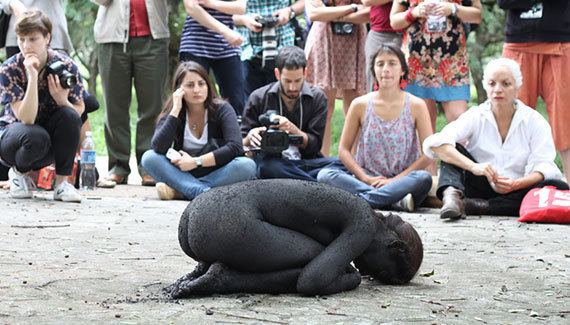
After meeting Jessica Lagunas and Marianela Dias, performance art grew in importance in her practice. Aníbal López (also known as A-1 53167) has been a lifelong mentor for Galindo, and is noted as an important influence on her work. Galindo's first performances were based upon her earlier written works.
Performances

She first gave two performances in Guatemala in 1999, and gained international fame. One of her well-known acts include ¿Quién Puede Borrar las Huellas? (Translated: "Who Can Erase the Traces"), made in 2003, in which she walked from the Congress of Guatemala building to the National Palace, dipping her bare feet at intervals in a white basin full of human blood as a vigorous protest against the presidential candidacy of Guatemala’s former dictator José Efraín Ríos Montt.
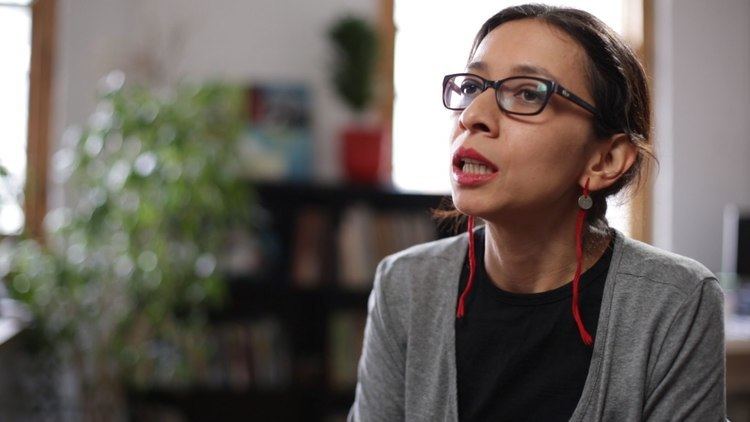
Another of her notable works was titled Perra (2005), in which she carved the Spanish word perra, or bitch, on her legs, in protest against violence against women.
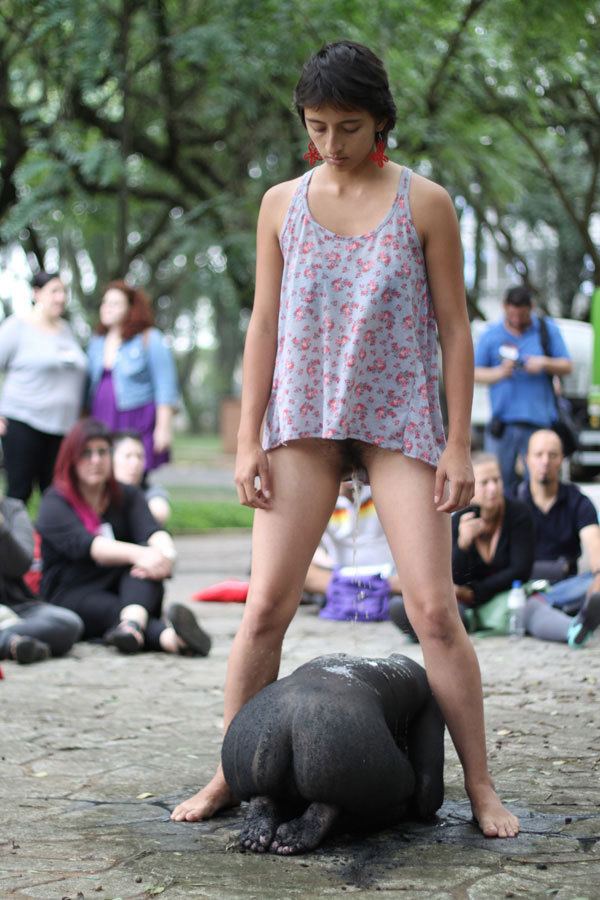
She frequently collaborates with other art performers, including compatriot Aníbal López.
Exhibitions
In October 2008, Galindo exhibited alongside renowned artists like Tania Bruguera and Jimmie Durham at MoMA PS1 for NeoHooDoo: Art for a Forgotten Faith, an exhibition co-organized by The Menil Collection.
Between January 31 until March 29, 2009, Modern Art Oxford featured Galindo in Regina José Galindo: The Body of Others. According to Clare Carolin, the show was the first major UK presentation of Galindo's work as well as the first monographic survey of her work.
Between March 25 and June 8, 2014, Padiglione d'Arte Contemporanea (PAC) exhibited a selection of Galindo's work in Estoy Viva. The show was divided in five sections: Politics, Woman, Violence, Organic and Death. Works such as ¿Quién puede borrar las huellas? (Who can erase the traces?, 2003), Himenoplastia (2004), Mientras, ellos siguen libres (While they are still free, 2007) and Caparazon (Shell, 2010) were presented alongside newer works that had not been exhibited before in Italy.
Recognition
In 2005, Galindo was honored with the Golden Lion award at the Venice Biennale for her video "Himenoplastia," in the “artists under 30” category. Despite this accolade, the work faced notably adverse reactions at its initial exhibition in Guatemala in 2004. The contentious piece showcased the surgical reconstruction of the artist's hymen.
In October 2009, Exit Art showed a solo exhibition of Galindo's work as part of their SOLO series and Performance in Crisis program.
A book on Galindo’s performance work has been published in Italy (Vanilla Edizioni, 2006). Galindo is also a writer of poetry and narrative; in 1998 she received the Myrna Mack Foundation's Premio Unico de Poesía in Guatemala for Personal e intransmisible (Scripta Coloquia, 2000).
In 2011 the jury of the 29th Biennial of Graphic Arts in Ljubljana (Dave Beech, Christian Höller, Urška Jurman, and Ulay /Frank Uwe Laysiepen/) awarded her with the Grand Prize for the works: Confesión (Confession), 2007 which was produced in Spain and inspired by the extraordinary rendition flights uncovered by a team of local reportes in Palma de Mallorca, and the Prince Claus Awards.
